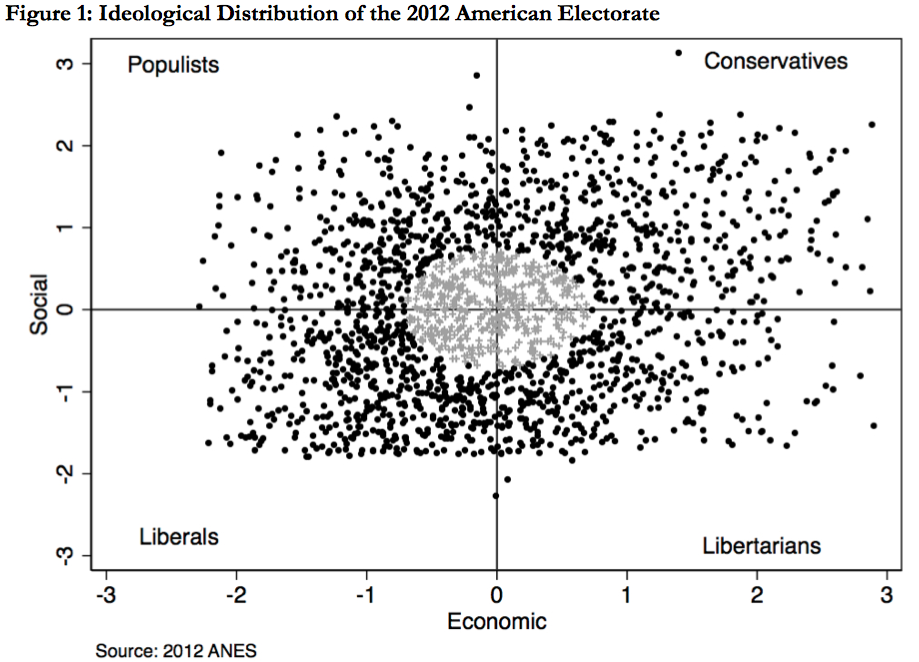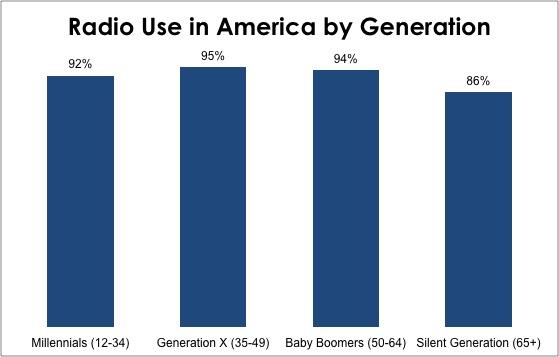According to this author from Business Insider, its the major advertisers and a process in place that gives them a special role in how ad dollars are spent:
Right now, ABC, CBS, NBC, Fox, and some of the major cable channels, are holding their "upfront" buying events in Midtown New York. They do this every year: The networks put on crazy shows, featuring their big stars, trying to build as much buzz as possible.
The shows are for ad-buyers, not the public. Last year, Jimmy Kimmel did a set for ABC in which he mocked the NBC show "Animal Practice," which featured a monkey. "This is the first time that NBC has had a star that throws its own feces since Gary Busey on 'Celebrity Apprentice,'" he said. Then he added, "We know that you have 9 billion to spend this week, so don't get all cheap-o, Secret Service on us" (a reference to the scandal in which a presidential security officer short-changed a prostitute).
Once the shows are over, the buyers and the networks literally enter a secret room, or at least a room that no one else is allowed into, and do their deals. About $10 billion will get spent this month. Ad Age describes it this way:
This is the time of year when the most powerful ad execs in the nation stand in line — line! — to get into Carnegie Hall and Lincoln Center to hear the pitch, see the clips and laugh along with the stars.
… after these big parties are over, possibly as few as 40 people from the networks, agencies and brands will go into backrooms and decide how $9 billion of the $62 billion U.S. TV ad market will be spent next year.
This is madness. No other billion-dollar commodity exchanges hands with this lack of transparency.




